Cooking meat deliciously is an art form that combines precision, patience, and a keen sense of flavor. Whether you’re grilling a steak, braising a pot roast, or slow-cooking a pork shoulder, mastering the techniques and understanding the nuances of meat preparation can elevate your culinary skills to new heights. This comprehensive guide will walk you through the essentials of how to cook meat deliciously, from selecting the right cut to perfecting your cooking method and seasoning.
Understanding Meat Types and Cuts
Before you dive into the cooking process, it’s crucial to understand the different types and cuts of meat available. Each type of meat—beef, pork, lamb, chicken, and turkey—has its own unique flavor profile, texture, and best-suited cooking methods.
Beef:
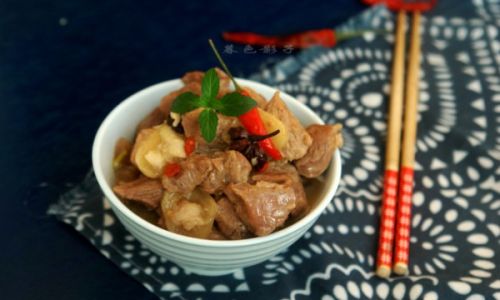
- Prime: High-quality, well-marbled beef with excellent flavor and tenderness. Best suited for roasting, grilling, and broiling.
- Choice: Good quality with moderate marbling. Suitable for a variety of cooking methods, including grilling, braising, and roasting.
- Select: Leaner with less marbling. Best cooked using moist heat methods like braising or stewing.
- Cuts: Ribeye, New York strip, tenderloin (filet mignon), brisket, chuck roast, and short ribs.
Pork:
- Fresh Pork: Lean and tender, with a mild flavor. Excellent for grilling, roasting, and braising.
- Cuts: Pork shoulder, pork tenderloin, pork chops, and pork belly.
Lamb:
- Tender cuts: Lamb chops, rack of lamb, and tenderloin. Best grilled or roasted.
- Tougher cuts: Shoulder, shank, and breast. Best suited for slow cooking or braising.
Chicken and Turkey:
- Whole birds: Ideal for roasting.
- Cuts: Breasts, thighs, wings, and drumsticks. Can be grilled, baked, fried, or braised.
Selecting the Right Cut
Choosing the right cut of meat is essential for achieving the desired texture and flavor. Consider the following factors:
- Cooking Method: Different cuts require different cooking methods. Tender cuts like ribeye or pork tenderloin are best grilled or roasted, while tougher cuts like brisket or pork shoulder are better suited for slow cooking or braising.
- Marbling: Marbling refers to the fat within the muscle. More marbling equals more flavor and tenderness, but it also means a higher fat content. Choose cuts with appropriate marbling based on your cooking method and dietary preferences.
- Bone-In vs. Boneless: Bone-in cuts often have more flavor and can stay juicier during cooking due to the bone’s ability to retain heat and moisture. However, boneless cuts are easier to carve and cook more evenly.
- Size: Larger cuts generally require longer cooking times and are better suited for slow cooking methods. Smaller cuts can be cooked quickly using high-heat methods like grilling or broiling.
Preparation Techniques
Proper preparation is key to cooking meat deliciously. Here are some essential steps:
Trimming Fat:
- Trim excess fat from the meat, especially if you’re cooking with high heat. However, leave some fat on for flavor and moisture, especially on cuts like pork shoulder or brisket.
Seasoning:
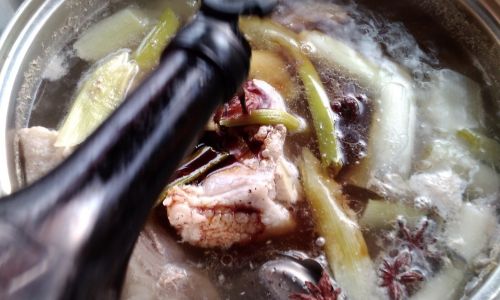
- Season meat generously with salt and pepper. Salt draws out moisture, which then reabsorbs with the seasoning, enhancing flavor. For more complex flavors, use a blend of herbs and spices tailored to the type of meat and cooking method.
Marinating:
- Marinades can add flavor, tenderize meat, and help prevent overcooking. Acidic components like vinegar, lemon juice, or wine tenderize the meat, while oil, herbs, and spices add flavor. Marinate for at least an hour, preferably overnight for maximum effect.
Brining:
- Brining is a technique used for larger cuts of meat, especially poultry. It involves soaking the meat in a saltwater solution, which helps to retain moisture and flavor during cooking.
Tenderizing:
- Physical tenderizing methods like pounding or using a meat tenderizer can break down muscle fibers, making the meat more tender. Chemical tenderizers like papain (from papaya) or bromelain (from pineapple) can also be used.
Cooking Methods
Different cooking methods yield different results. Here’s a breakdown of some popular techniques:
Grilling:
- Grilling is perfect for tender cuts like steaks, chops, and poultry. Preheat the grill to high for a sear that locks in juices and adds a smoky flavor. Use indirect heat for thicker cuts to avoid overcooking the exterior before the interior is cooked.
Roasting:
- Roasting involves cooking meat in an oven at a moderate temperature. It’s suitable for larger cuts like beef roasts, pork shoulders, and whole chickens. Use a roasting rack to keep the meat elevated and promote even cooking. Baste regularly with pan juices for added flavor and moisture.
Braising:
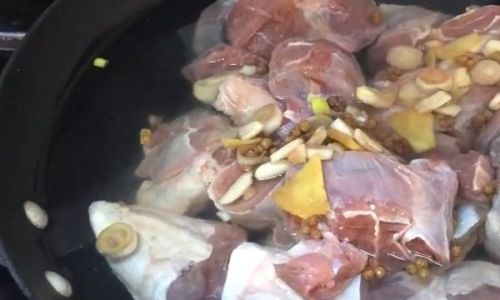
- Braising is a moist-heat cooking method that involves searing the meat first, then cooking it slowly in a covered pot with a small amount of liquid. It’s ideal for tough cuts like brisket, pork shoulder, and lamb shanks. The low and slow cooking breaks down collagen, resulting in tender, flavorful meat.
Slow Cooking:
- Slow cookers are great for tough cuts that require long cooking times. The low, consistent heat tenderizes the meat and allows flavors to meld together. Add vegetables, broth, and seasonings for a one-pot meal.
Stir-Frying:
- Stir-frying is a high-heat cooking method best suited for thin slices of meat like beef, pork, or chicken. Use a hot wok or large skillet with a small amount of oil. Stir constantly to prevent burning and ensure even cooking.
Sous Vide:
- Sous vide involves cooking vacuum-sealed meat in a water bath at a precise temperature for an extended period. It yields incredibly tender and juicy results. Finish with a quick sear in a hot pan for added flavor and texture.
Doneness and Temperature Control
Achieving the perfect doneness is crucial for delicious meat. Use a meat thermometer to ensure accuracy:
- Beef: Rare (120-125°F), Medium-Rare (130-135°F), Medium (140-145°F), Medium-Well (150-155°F), Well-Done (160°F and above).
- Pork: The safe cooking temperature is now 145°F, but many prefer pork slightly pink (around 140°F) for optimal tenderness.
- Lamb: Can be cooked to similar temperatures as beef.
- Poultry: Should reach an internal temperature of 165°F to ensure safety.
Resting meat after cooking is equally important. It allows the juices to redistribute, ensuring a juicier, more tender final product. Rest for about 10-20 minutes, depending on the size of the cut.
Finishing Touches
Adding finishing touches can elevate your dish from good to great:
Sauces and Glazes:
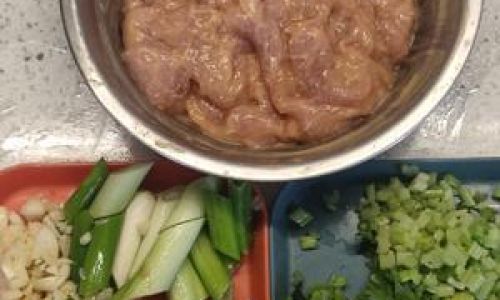
- Create a complementary sauce or glaze to add depth of flavor. Red wine sauce, gravy, barbecue sauce, or a simple mustard-herb glaze can make a big difference.
Garnishes:
- Fresh herbs, citrus zest, chopped nuts, or a sprinkle of finishing salt can add a burst of flavor and a touch of elegance to your dish.
Compound Butters:
- Spread a compound butter (butter mixed with herbs, spices, or other flavorings) on top of the cooked meat for an extra layer of richness and flavor.
Storage and Leftovers
Proper storage is essential to keep cooked meat fresh and safe to eat. Store leftovers in an airtight container in the refrigerator for up to 3-4 days. For longer storage, freeze in portions and thaw in the refrigerator before reheating.
Reheating meat can be tricky. Use low heat to avoid drying out the meat. Steaming, simmering in broth, or using a slow cooker are good methods. Avoid microwaving unless absolutely necessary, as it can cause the meat to lose moisture and flavor.
Conclusion
Cooking meat deliciously is a blend of science and art. By understanding meat types, selecting the right cut, preparing it properly, choosing the right cooking method, and adding finishing touches, you can create memorable dishes that will impress even the most discerning palate. Remember, practice makes perfect, and every time you cook meat, you’re honing your skills and discovering new ways to elevate your culinary creations. Happy cooking!
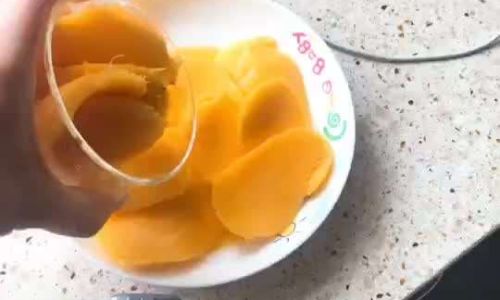

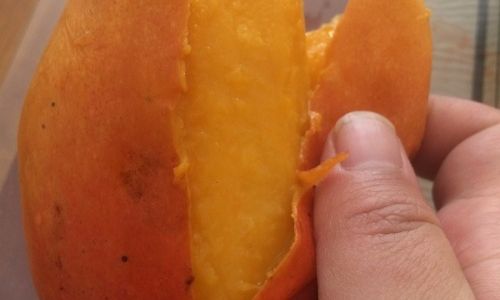

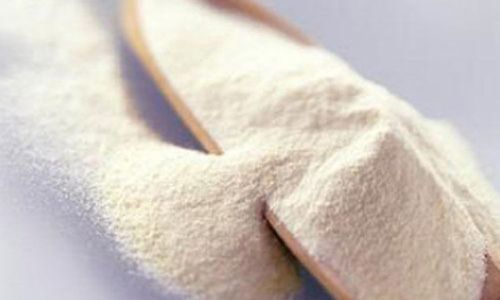

0 comments